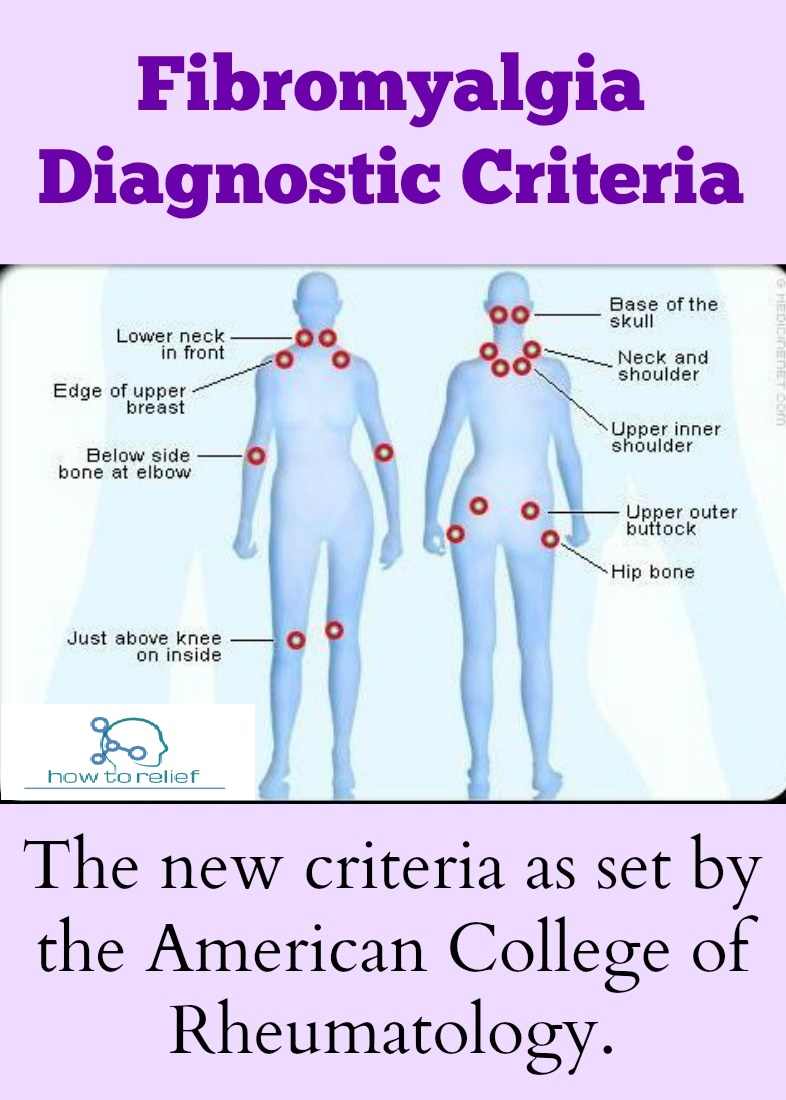I earn a small commission via affilate links at no extra cost to you.
I did my first Whole 30 in 2014 motivated to relieve my chronic fascial stiffness. As I approached my 40th birthday I noticed that I’d hobble like my mother when I stood up from a chair. Learning Whole 30 was an anti-inflammatory diet I figured it couldn’t hurt. However, when the 30 days were done I tried adding back foods I had given up. I couldn’t. I had a physical reaction of varying sorts to food groups I’d eaten my entire life like grains and dairy. That’s when I began to suspect the joint pain in my hands might be autoimmune (suspected rheumatoid) rather than osteoarthritis. Of course I’d seen doctors and chiropractors before 2014 and none of them ever diagnosed my chronic stiffness or mentioned fibromyalgia, even though most chiropractors had to run and jump to get my body to adjust. (not really, but you catch my drift).
Is It Fibromyalgia?
I don’t think my chronic stiffness is fibromyalgia. Most people with fibromyalgia often have consistent body pain and they’re often sensitive to touch like massage therapy. While I do believe fibromyalgia and chronic stiffness both have a fascial component, a person’s physical symptoms can vary. I’ve always been the opposite to someone with fibromyalgia. You could roll your truck over my back and I’d find pleasure in it and ask you do to it again.
When I taught massage therapy my students often asked whether they were touching muscle or bone. My muscles were so tight that some of them crunched when they were rubbed. Since adopting dietary and lifestyle changes my fascia and chronic stiffness are significantly better than they were. I can now walk barefoot without foot pain. The mid section of my spine still doesn’t have 100% sensation if someone rubs their hand over my skin. In my 20’s I did fall down a flight of ice covered concrete stairs on my back so that could explain some of it.
Mostly though, my body felt like it was permanently flexing. Not in a muscular sort of a way, but in a fascial way. Fascia is the connective tissue that surrounds each muscle, muscle layer, and muscle fiber. I like to think of it as the panty hose of the muscle. When it’s pulled tight the muscle underneath is limited in its motion, hence it lacks some ability to contract and exchange nutrients. I’d touch my relaxed forearm but it felt hard like I was flexing.
The other reason I didn’t get a fibromyalgia diagnosis was because I know how it’s diagnosed. There’s a map of tender points on the body. If enough of these areas are tender they conclude you have fibromyalgia. That’s it. Do you know what though? In all the years I practiced massage therapy nearly everyone is tender on these points…. So either we have an epidemic of fibromyalgia, or in my opinion we need a better diagnosis.
When you type chronic stiffness into a web browser a number of things pop up. I selected the 3 below randomly. Most people today have an ache or pain of some sort. I can tell you that in 10 years of practice I can count on one hand the number of people who didn’t have ANY trigger points.
Stiff Person Syndrome
Stiff-person syndrome (SPS) is a rare acquired neurological disorder characterized by progressive muscle stiffness (rigidity) and repeated episodes of painful muscle spasms.
Fibromyalgia
A condition that causes pain all over the body (also referred to as widespread pain), sleep problems, fatigue, and often emotional and mental distress. People with fibromyalgia may be more sensitive to pain.
Chronic Myofascial Pain
CMP affects the muscles and the sheath that surrounds them. CMP is associated with specific trigger points and can involve a single muscle or group of muscles.
I Didn’t Get A Rheumatoid Diagnosis Either
Hollywood has done a great job of convincing the public that massage therapists are nothing more than airheads. While we can’t diagnose what’s wrong with you, we have to know what’s wrong with you in order to apply the correct massage techniques. And yes, it matters. A good therapist will ask a lot of questions for this reason.
On most massage forms there is a box for a person to check Yes or No for arthritis. Most people check this box but when I’d ask whether they had osteoarthritis or an autoimmune version very few knew the difference. Playing detective I’d ask questions until I was certain which version it was. While rheumatoid arthritis is a popular autoimmune version of joint pain there are others.
A Probable Rheumatoid Diagnosis:
- Family history
- Pain equal on both sides of the body
- Pain mostly limited to the extremities
- Reduced pain with movement
- Pain worse in the morning
- Joint deformities for advanced cases
One of the things you won’t find listed in mainstream medicine is, “Pain brought on by food choices.” Countless people have had success improving their autoimmune symptoms via various diets such as autoimmune paleo, keto, or carnivore.
Personally I can put a check mark next to everything in the list except the last one. I can also tell you that I’m one of those people who has been able to reduce my chronic fascial stiffness and joint pain through lifestyle intervention alone. While I’ve written about Whole 30, autoimmunity, and food sensitivities, today I can say I’ve been able to add back foods I used to be sensitive to. They no longer cause me headaches, joint pain, or digestive upset.
The Ultimate Reason I Didn’t Get A Diagnosis?
Life has a funny way of working out considering my college major my freshman year was pre-pharmacy. I also worked as a pharmacy technician at the time. In my mid 20’s I worked as a quality control analytical chemist for a pharmaceutical company. Fast forward to today and I’d rather pick up a dog turd with my bare hand than pop most medicines.
My take is if it’s not working properly, figure out why it’s not working properly. Most pharmaceuticals are designed as band-aids for health problems. Very few correct the problem, instead they make you a life long customer. Count the possible side effects in any drug commercial. In some instances you could end up with more problems than what you started with.
What would I do with the information? I don’t think people often consider this question as an option. You see the doctor or whoever and they tell you to do X, Y, and Z. Since they’re doctors most people listen to them without question. I don’t fit that category.
Our healthcare system is very Newtonian in it’s thinking and diagnosing. It sees the cause and effect but doesn’t look at the whole. If you have rheumatoid arthritis they send you to a rheumatologist. Knowing autoimmunity, especially rheumatoid, begins in the gut why don’t they send you to a gastroenterologist? Typically if you have any kind of pain they immediately write you a prescription for pain meds and/or send you off for a psychological evaluation.
In 2022 I still see comments from people who are told by their rheumatologist or doctor saying food doesn’t matter. This wisdom comes from a profession that receives little to no nutrition training. I think a more honest answer would be, “I don’t know much about that.” (See the video below)
Nutritionists and dietitians are often not much better. Our medical professions are taught the government’s guidelines, which have been tailored by the processed food industry. Even if a medical professional knows better they aren’t likely to say better during their diagnosis. When you work for a healthcare system you have to follow the “standard of care” set forth by the system. Others fear litigation for saying anything that might deviate from the protocol.
What would I do? Before chugging down any medications I’d look for a lifestyle intervention. If that didn’t work then I’d consider other therapies such as acupuncture, structural integration, stool testing, red light therapy, cold plunges, Ayurveda, Reiki, Polarity Therapy, Earthing, and Forest Bathing to name a few. Why would I go to such lengths rather than simply popping a pill? I guess part of it is personality.
The other part is I recognize the human body is wired to heal itself. You break a bone, burn yourself, or cut your skin and the body heals itself. The same is true on the inside, you simply have to set up an environment where your health can thrive. It’s not a quick fix and I suspect for some it’s not easy. You have to consistently, more often than not, engage in dietary and lifestyle behaviors that support your long term goal.
I was fortunate in that I feel I figured all this out early on. After switching to autoimmune paleo my joint pain disappeared in 3 days. That doesn’t always happen for people who’ve struggled for years with rheumatoid pain. Many of the people I’ve worked with have noticed a difference in their symptoms, no matter what their issue was, just by changing up their diet.
If our healthcare system focused on prevention and finding long term solutions I like to think we’d have an epidemic of health. I’d also love to encounter a physician who can tell me something I don’t know. I read health books for leisure. I can’t really say why other than it feels like a calling – like the universe is dragging me to it.
Fraudulent Nutrition Guidelines: Nina Teichols & Dr. Ken Berry
Originally posted on April 2, 2022 @ 08:00





